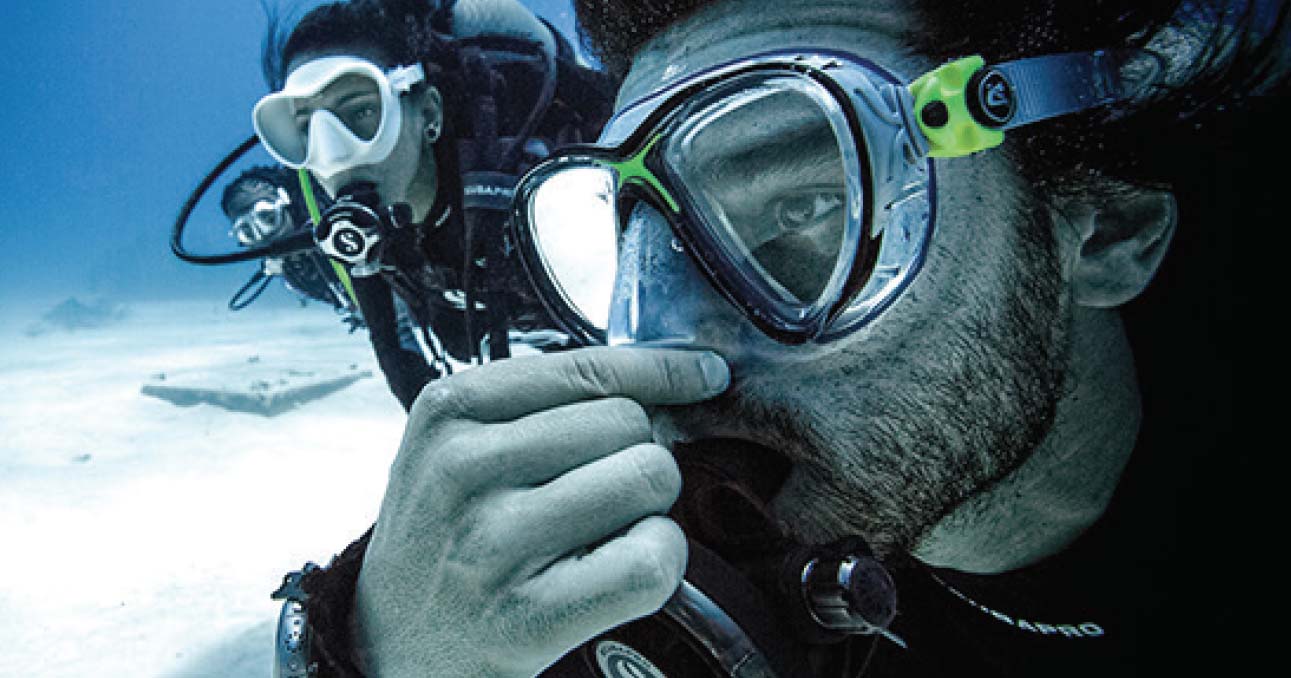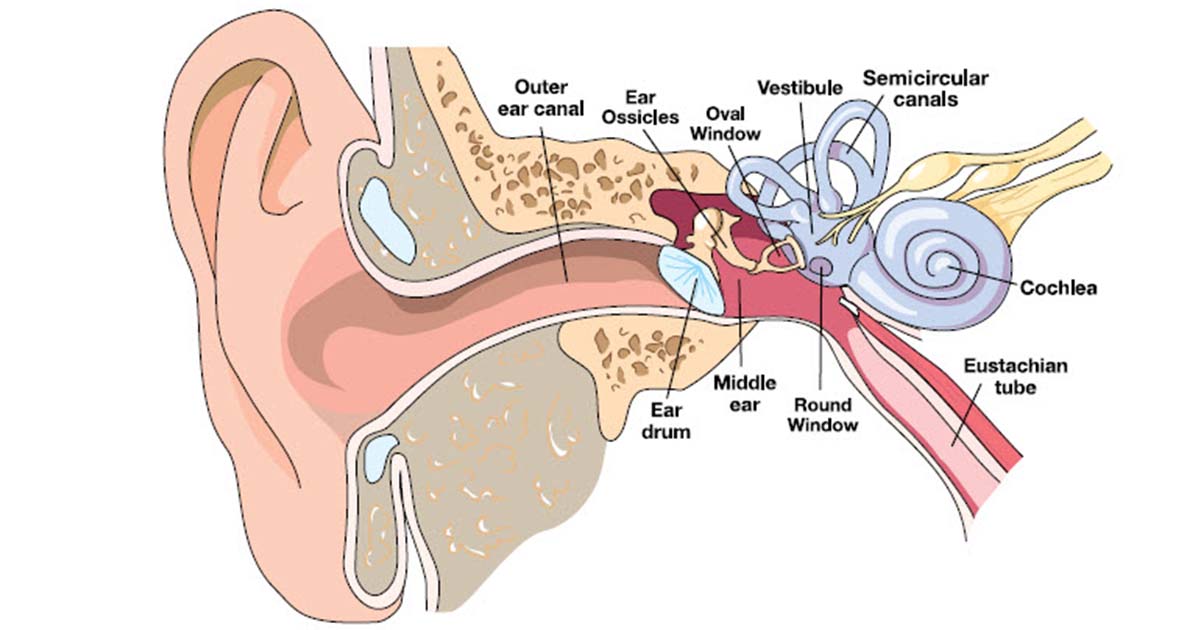Do you have trouble equalising? Here are 9 tips for easy equalisation from DAN Asia Pacific.
1 – Equalise before you dive.
Prior to descent, while you are neutrally buoyant with no air in your buoyancy control device (BCD), gently inflate your ears using your preferred equalisation technique to check that you are able to equalise.
2 – Descend feet first.
This allows air to travel upward into the Eustachian tube and middle ear, a more natural direction. Use a descent line or the anchor line to control the speed of descent.
3 – Equalise often
Inflate your ears gently every few metres for the first 3-5 metres.
4 – Pain is not acceptable
If there is pain, you have descended without adequately equalising. Ascend a few metres until the pain stops.
5 – Stay ahead
If you do not feel your ears opening, stop and try again; you may need to ascend a few metres to diminish the pressure around you. Do not bounce up and down.
6 – Try tilting.
If you are having trouble equalising on one side, it may be helpful to tilt the blocked ear toward the surface.
7 – Stop if it hurts.
If you are unable to equalise, abort the dive. The consequences of descending without equalising could ruin an entire dive trip or cause permanent damage and hearing loss.
8 – Do not dive with congestion.
Decongestants and nasal sprays may be used prior to diving to reduce swelling in the nasal and ear passages. If your doctor agrees with your decision to use oral decongestants, take them one to two hours before descent.
They should last from eight to 12 hours, so you don’t need to take a second dose before a repetitive dive. Nasal sprays should be used approximately 30 minutes before descent and usually last 12 hours. Take caution when using over-the-counter nasal sprays; repeated use can cause a rebound reaction resulting in increased congestion and possible reverse block on ascent. Decongestants may have side effects. Do not use them before diving if you do not have previous experience.
9 – Know when to call it.
If at any time during the dive you feel pain, experience vertigo or note sudden hearing loss, abort the dive. If these symptoms persist, do not dive again and consult your physician.

How to Equalise
There are several techniques divers can employ to effectively equalise their ears.
- Passive – Requires no effort. Occurs during ascent.
- Voluntary Tubal Opening – Try yawning or jaw wiggling.
- Valsalva Manoeuvre – Pinch your nostrils and gently blow through your nose.
- Toynbee Manoeuvre – Pinch your nostrils and swallow (good technique, if equalisation is needed during ascent).
- Frenzel Manoeuvre – Pinch your nostrils while contracting your throat muscles and make the sound of the letter “k.”
- Lowry Technique – Pinch your nostrils and gently try to blow air out of your nose while swallowing (think Valsalva Manoeuvre meets the Toynbee Manoeuvre).
- Edmonds Technique – Push your jaw forward and employ the Valsalva Manoeuvre or the Frenzel Manoeuvre.
Practice Makes Perfect – Divers who experience difficulty equalising may find it helpful to master several techniques. Many are difficult until practiced repeatedly, but this is one scuba skill you can practice anywhere— in a pool, on a plane or even at your desk. Just do it gently!
Anatomy of an Ear
The ear is the organ of hearing and balance. Understanding its anatomy can help better illustrate why it’s essential to equalise. The ear consists of three distinctive spaces filled with either air or liquid: the external, middle and inner ear.
As divers descend in the column of water, environmental pressure on the body increases in a linear fashion across the body.
To prevent pressure-related injuries such as bleeding, edema (swelling) of soft tissues, leakage of fluid into the air space and membrane rupture, divers must actively enable air from the throat to enter through the Eustachian tubes into the middle ear by using equalisation techniques.
Why You Must Equalise
- At 1 metre
The water pressure outside of your eardrums is 10% greater than the pressure in your middle ears. Your eardrums flex inward to compensate – you may feel some pressure.
- At 2 metres
The pressure differential is 20% greater than at the surface and your eardrums bulge further. You feel definite pressure, and many begin to feel pain.
- Beyond 2 metres
Your eardrums are stretched to their limits. Unless you have equalised, you will feel significant discomfort or pain. The tissues and blood vessels in your ear may start to break, and as the pressure differential builds your Eustachian tubes will shut, making equalisation impossible.
- At 3 metres
If your eardrums haven’t broken yet, the pressure differential begins to draw blood and fluid from the surrounding tissues into your middle ears, causing middle-ear barotrauma. Pain may become a feeling of fullness which will remain for a week or more.
- Beyond 3 metres
If you haven’t equalised, your eardrum can break and cause water to flood your middle ears. The sudden exposure can cause vertigo.
For more information on diving safety, visit DAN AP’s website and blog.




